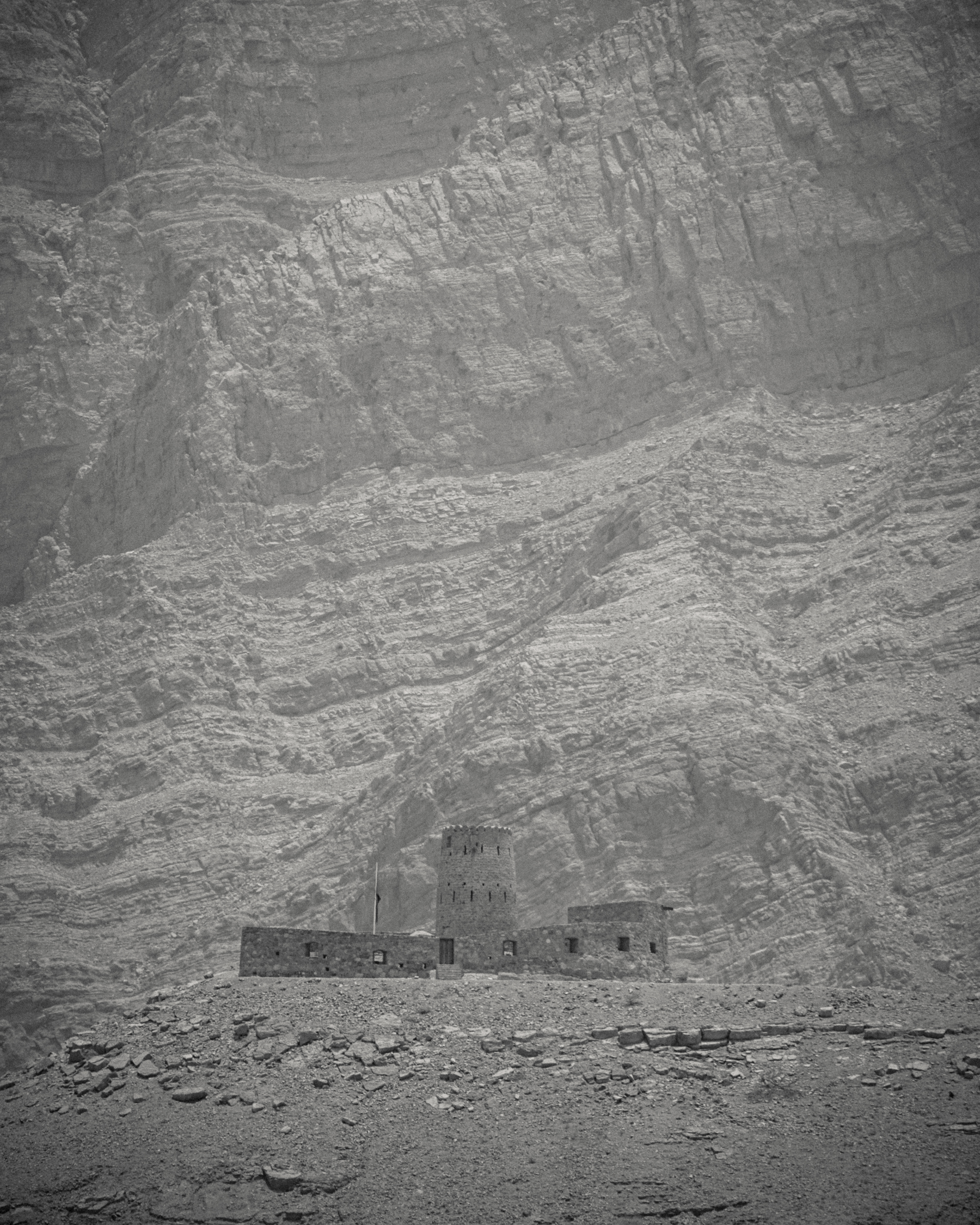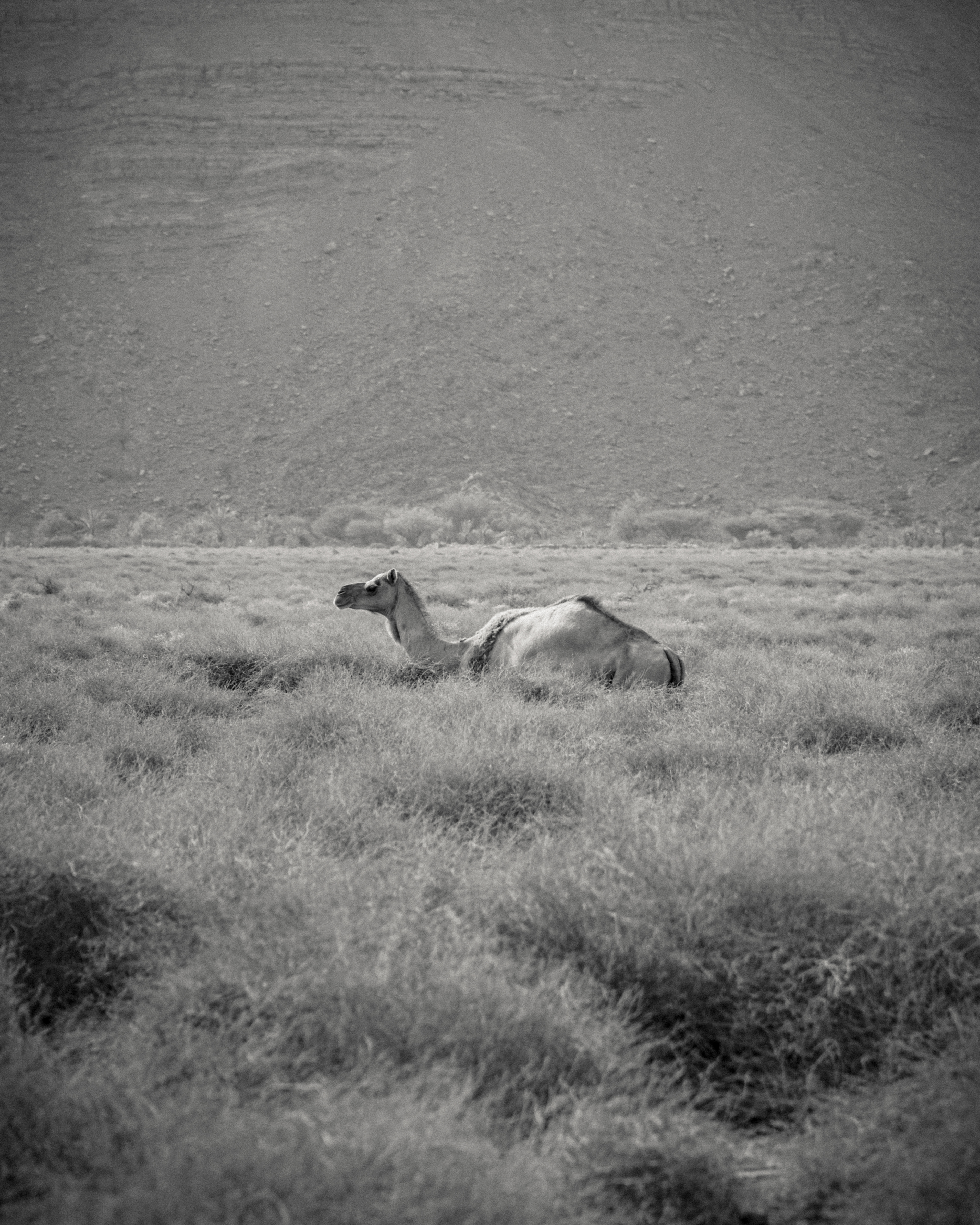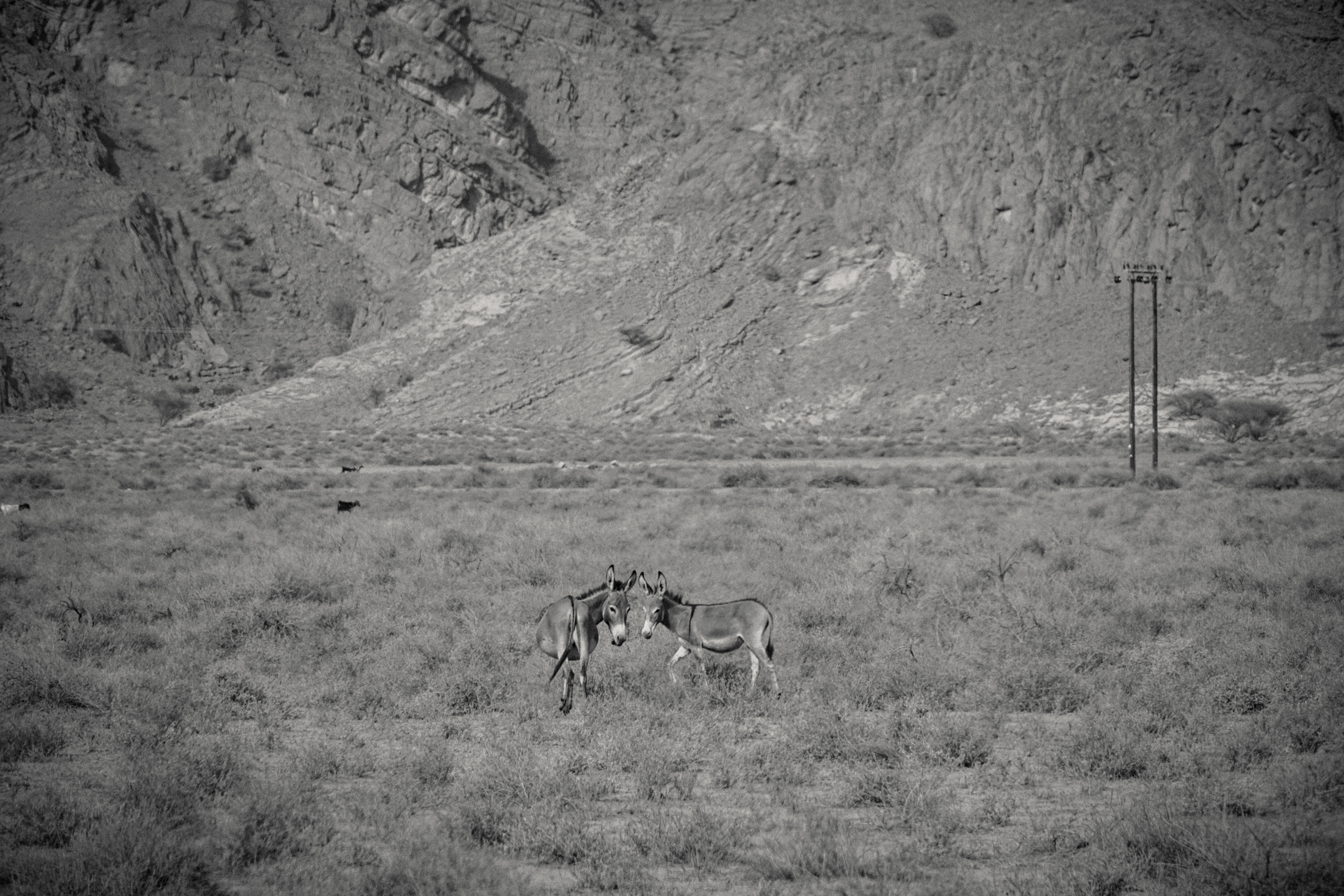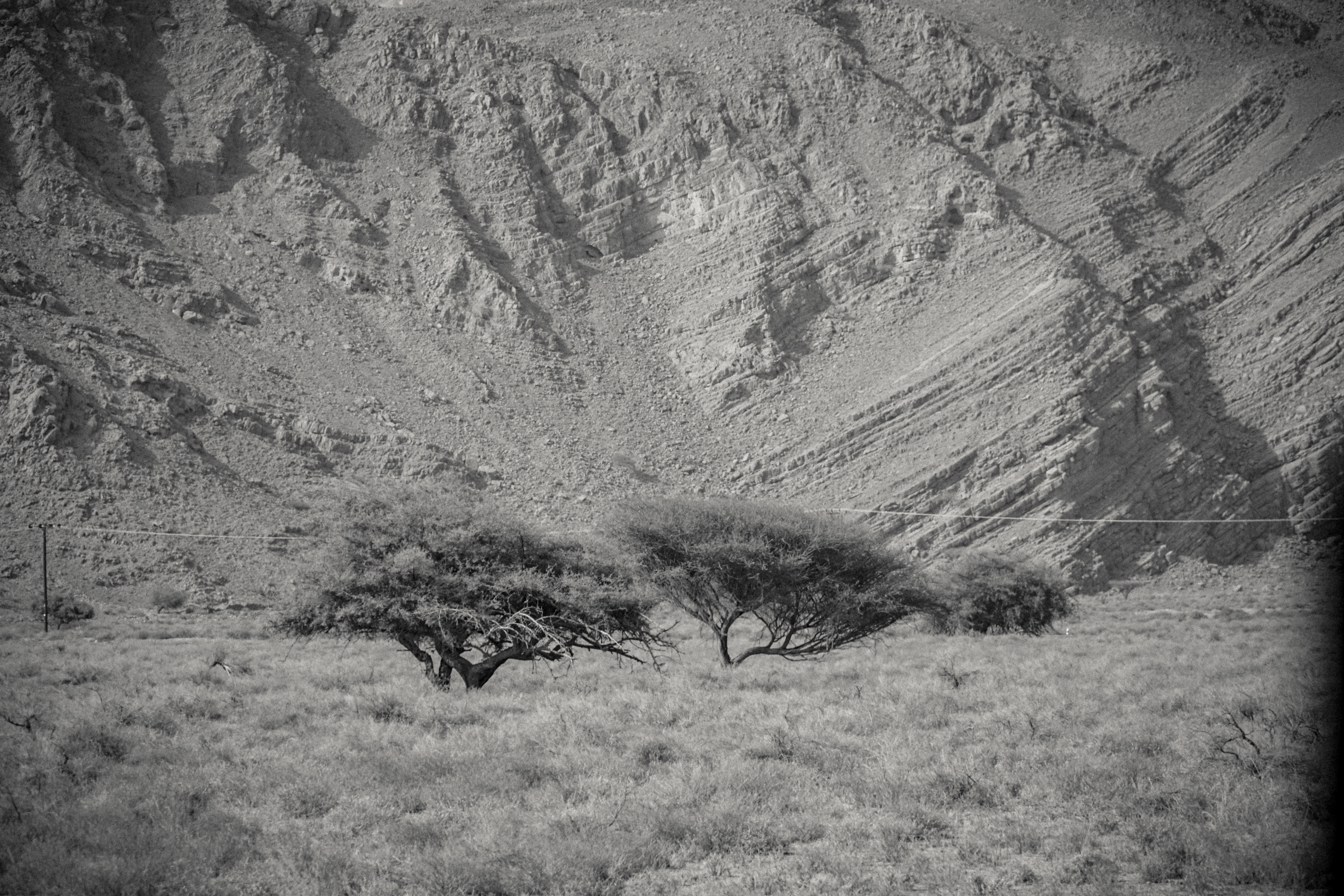Crossing into Oman
Journey begins at the Al Dara border crossing, after which UAE yields to Musandam, an isolated Omani peninsula. This fragment of Omani land is separated from the mainland by the Emirates. Immediately after crossing the border, the terrain announces itself. Unlike the endless desert dunes typical for elsewhere in the Gulf, here the mountains rise from the sea abruptly. Drive down the road threading between rock and coast makes this contrast even more apparent.

A flock of Socotra cormorants at Tibat beach
Road to Khasab
The asphalt of the Khasab Coastal Road leads gently along the coast, past the village of Bukha, and onward through a string of smaller settlements flanked by the waters of the Persian Gulf on one side, and stones of the surrounding mountains on the other. Khasab, Musandam’s administrative capital, emerges like a mirage in a land of an almost poetic geology. Built beside one of the peninsula's many fjord-like inlets, Khasab offers hospitable pause before the journey ahead.

Abandoned houses, Bukha

Al Qala'a fort, Bukha

Abandoned house, Bukha

Abandoned mosque, Bukha
Into the mountains
From Khasab, the paved certainty fades and Musandam’s interior takes over. The track toward and around the peak of Jabal al Harim climbs rapidly on exposed switchbacks. This section traverses ridge lines above valleys, and this is where, almost as to beckon to keep going, Musandam reveals its true scale. The reward of silence, and the unfolding landscape makes the demanding handling of the road more than worth it.

The first climb, Jabal Sayh Road

Farm, As Sayh

View from the road towards Jebel al Harim peak

Descent into Rawdah
Respite in Rawdah
Ahead of the final climb and descent lies Rawdah, a rare flat stretch in a land defined by its verticality. Low shrubs, pale grass and trees replace the hard and unforgiving stone. Even in the peak of the summer, camels and donkeys rest unhurried, almost as a reminder to stop and appreciate the nature's interlude before one more demanding ascent.

Camel resting in the grass, Rawdah valley

A pair of donkeys, Rawdah valley

Trees against the mountains, Rawdah valley
The last descent
The descent towards Musandam's eastern coast is slow. The road snakes downwards, each switchback strewn with shifting gravel and total absence of barriers. Eventually, mountain gives way, and less demanding road emerges again. Arrival in Lima is welcomed by palm groves, small clusters of homes, and the scent of salt in the air. Historically only accessible by sea, Lima, undiluted by modern development, offers simplicity and remoteness. To reach it by land, is to travel through one of the truly wild and unfiltered landscapes, where the journey is just as rewarding as the destination.

The village of Lima

Minaret of the mosque in Lima
